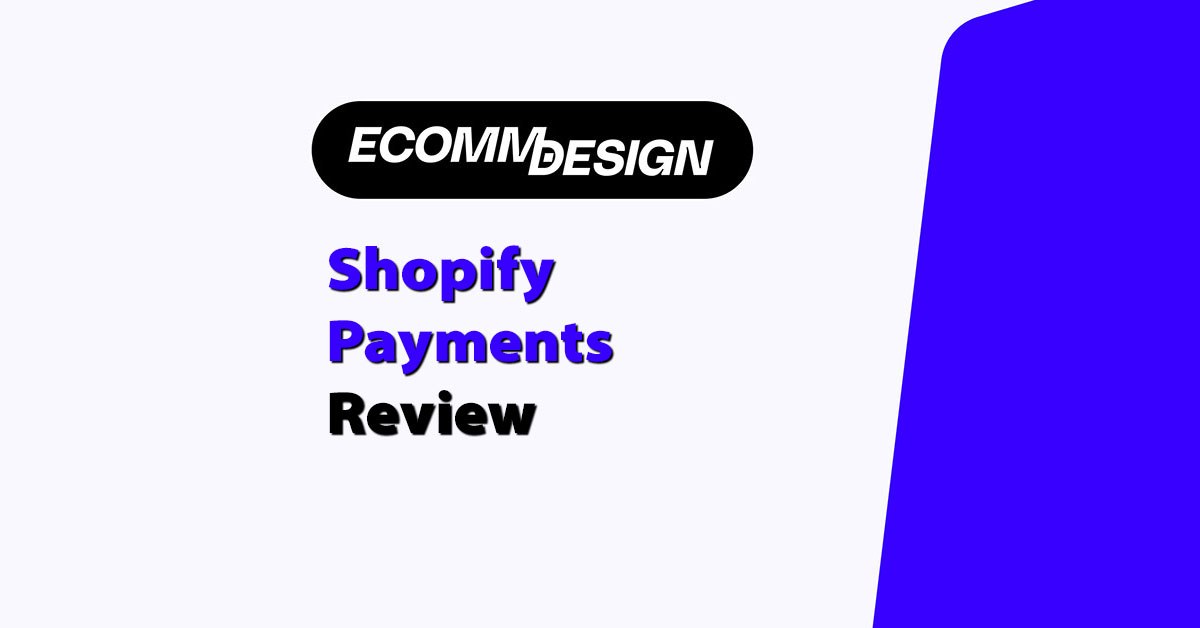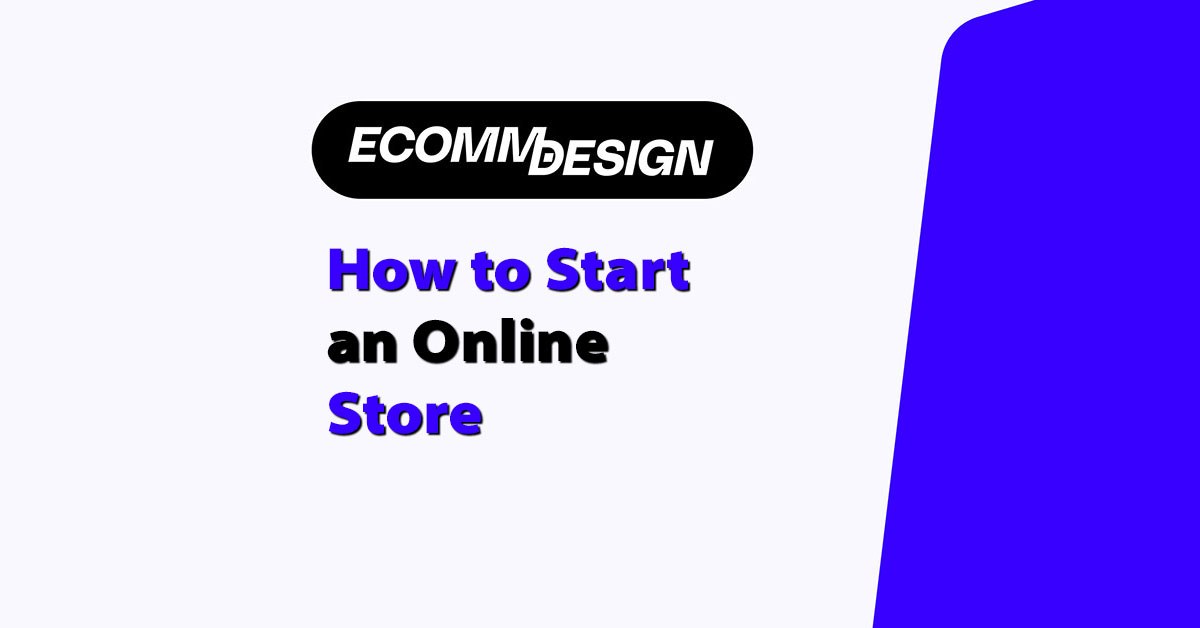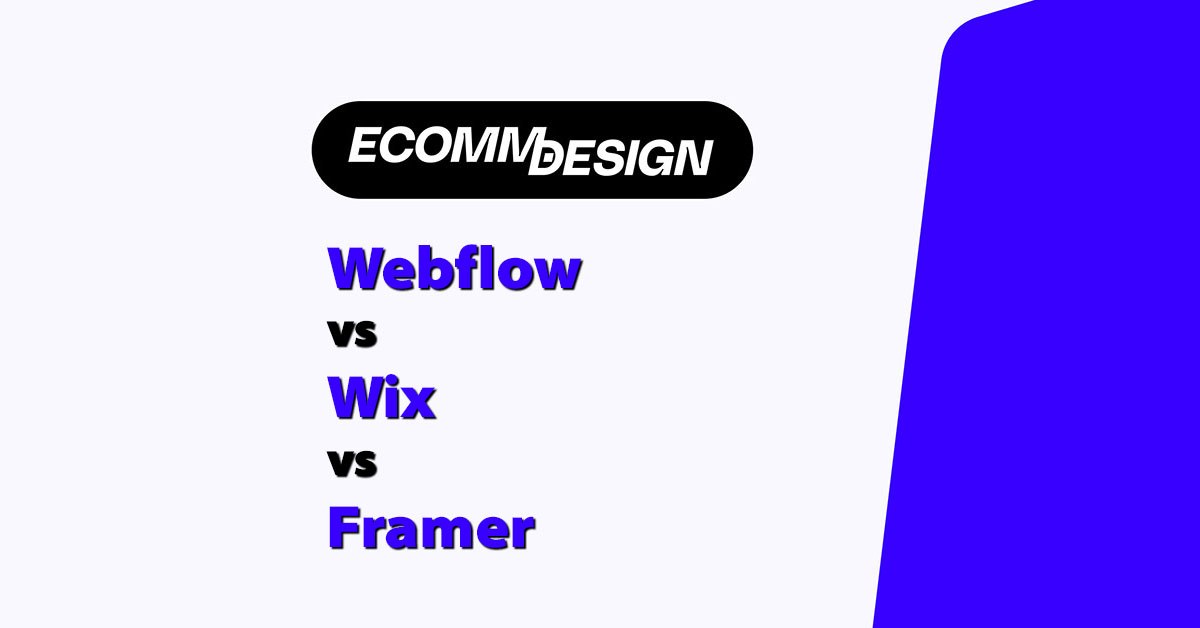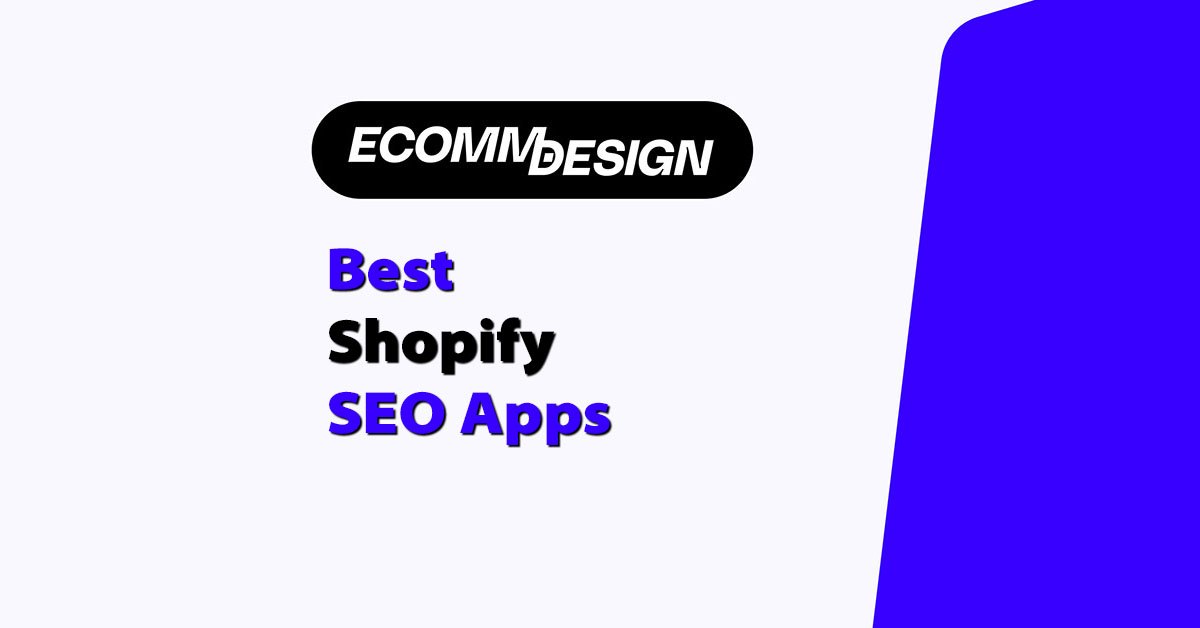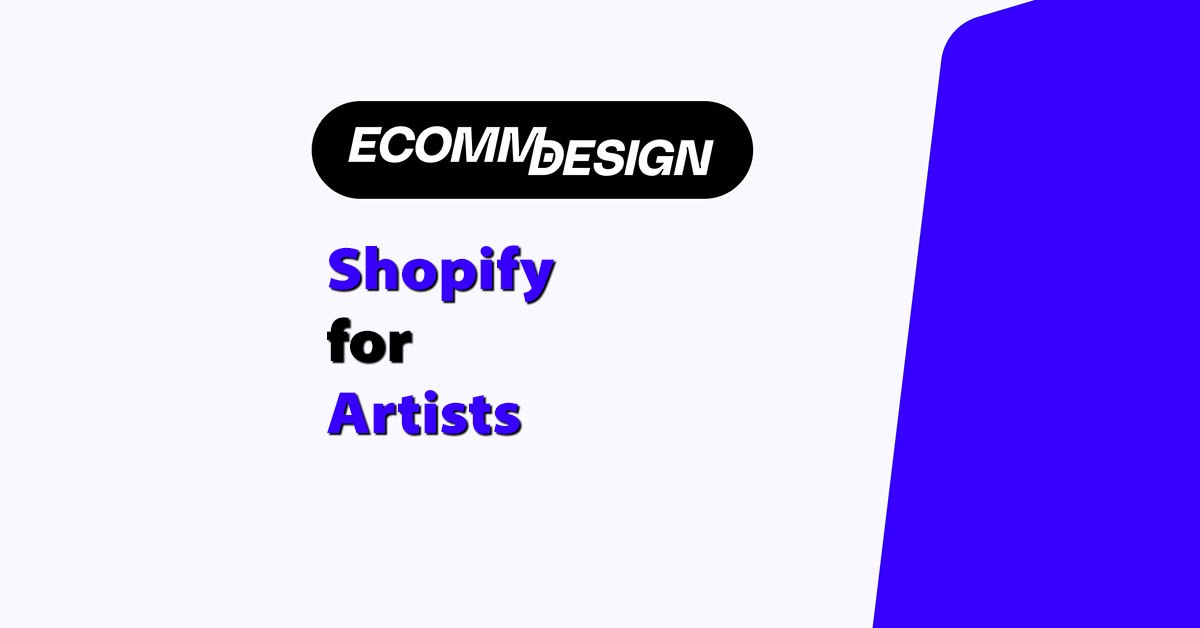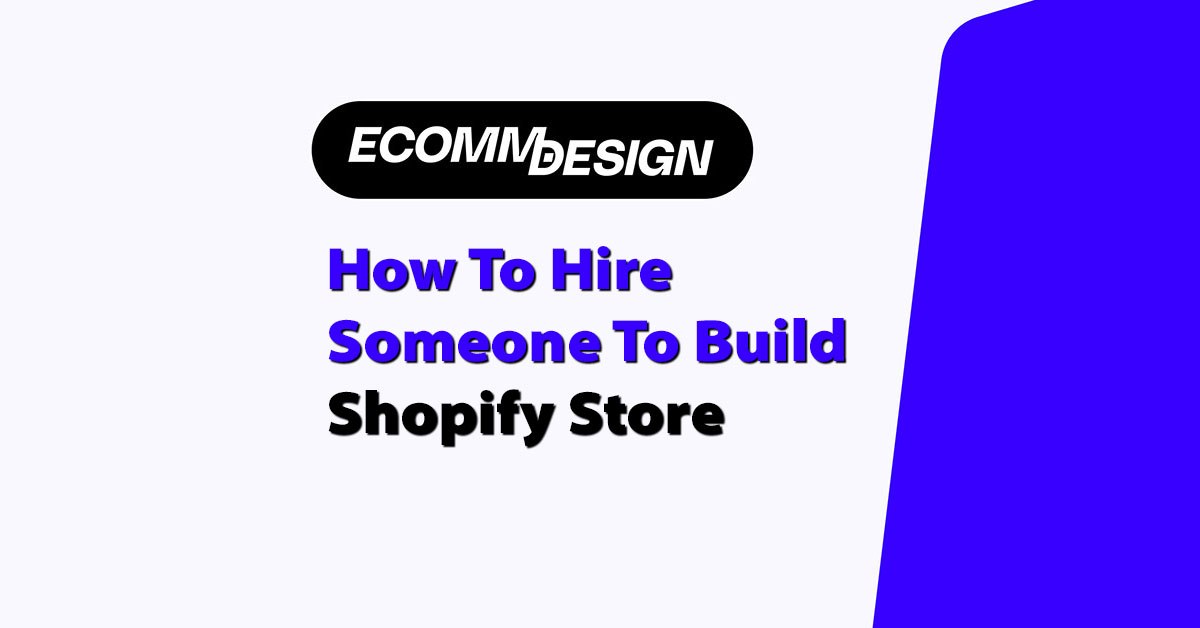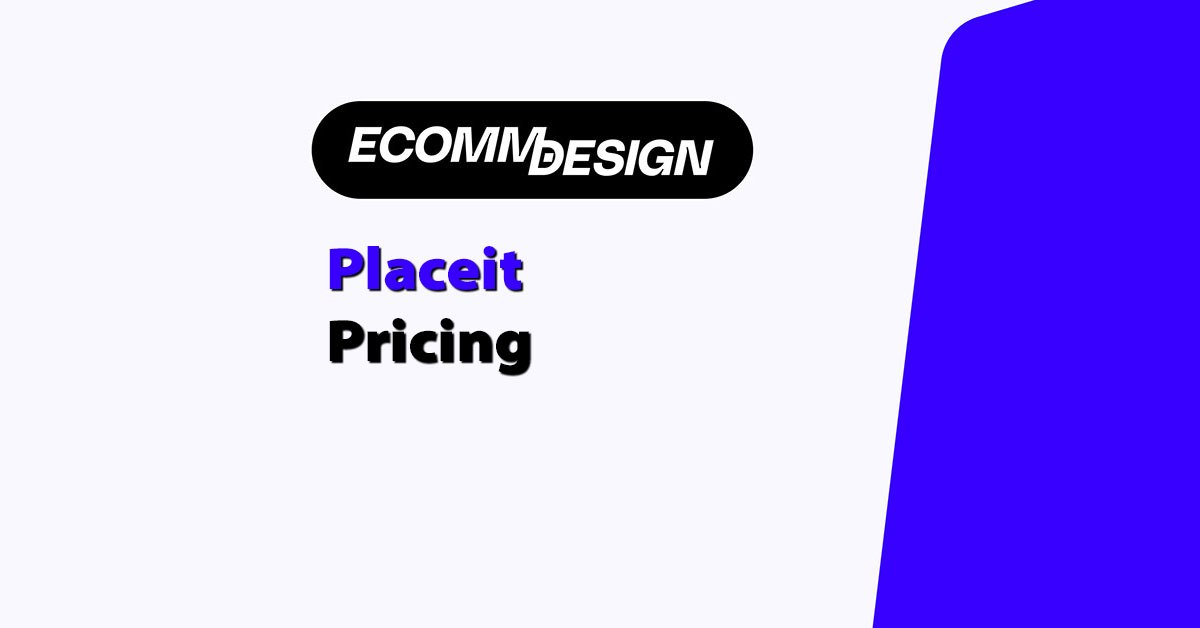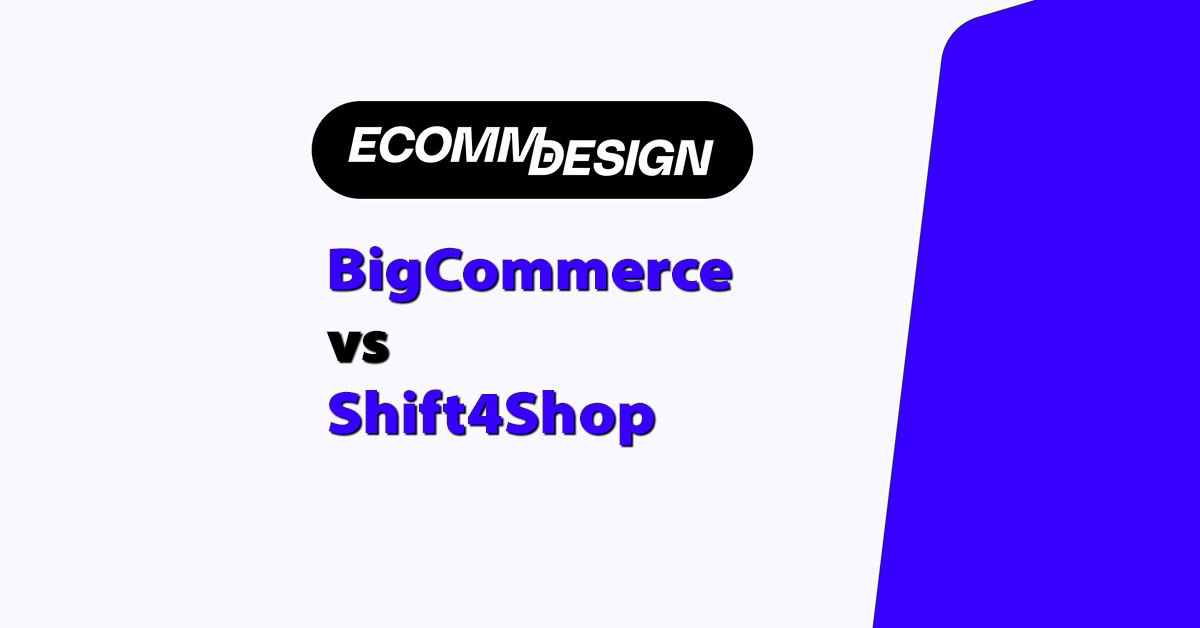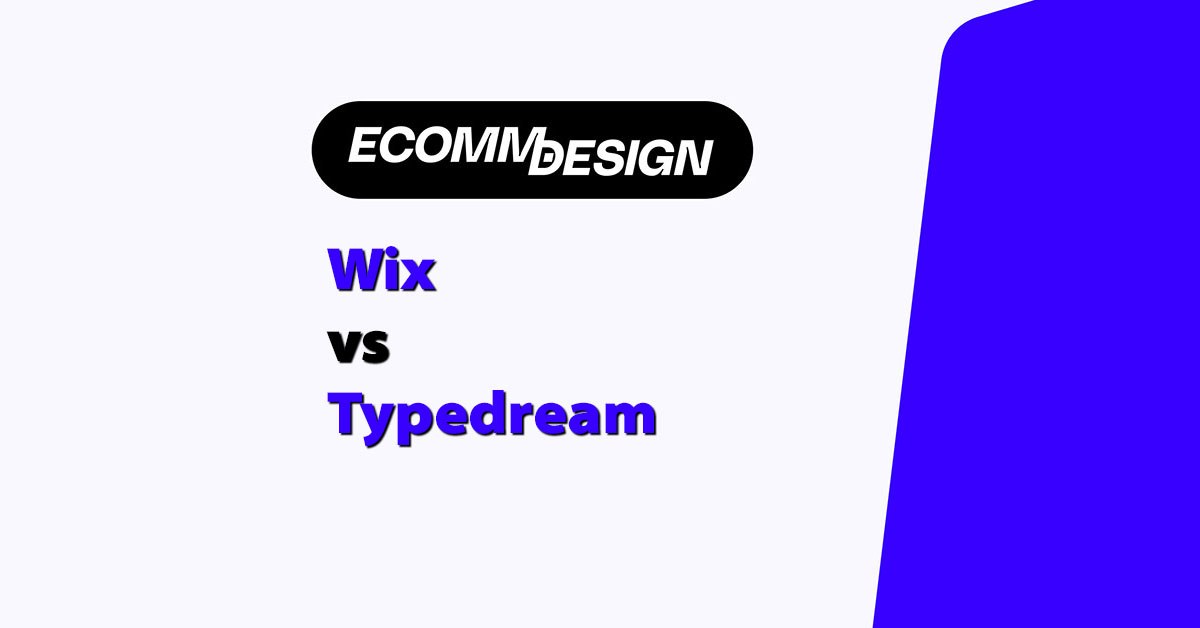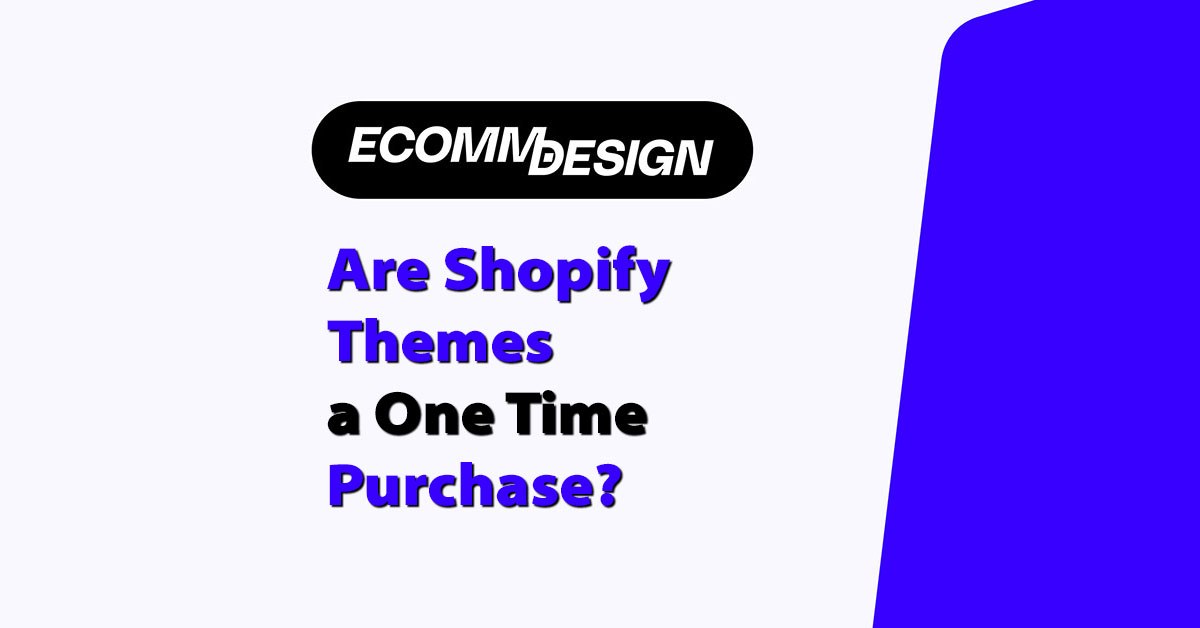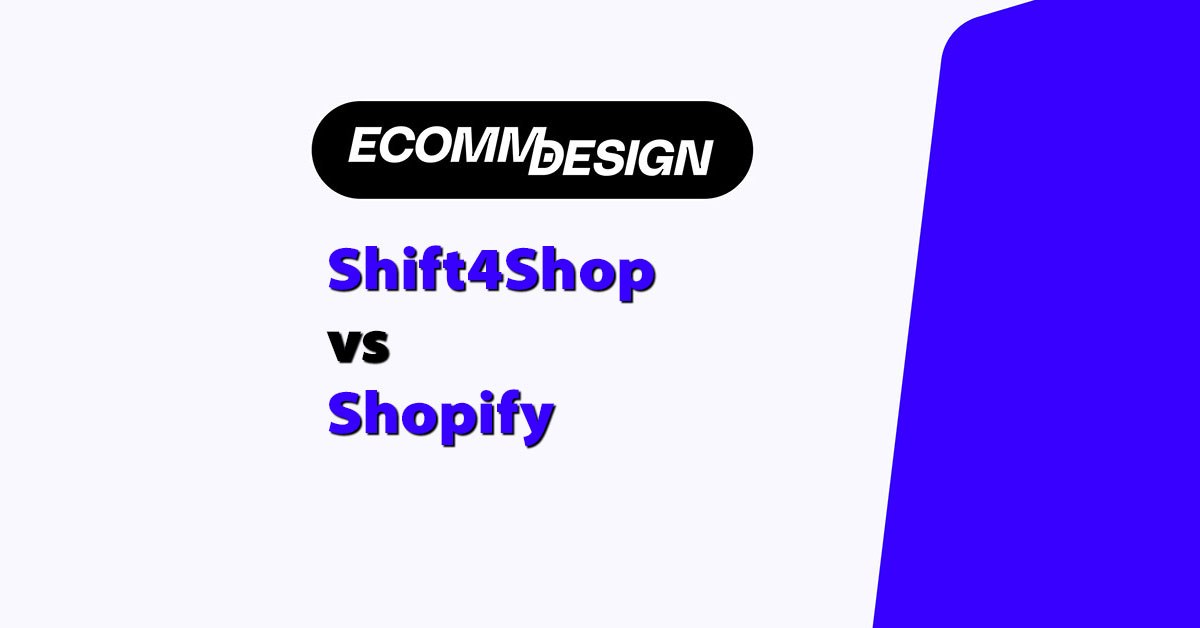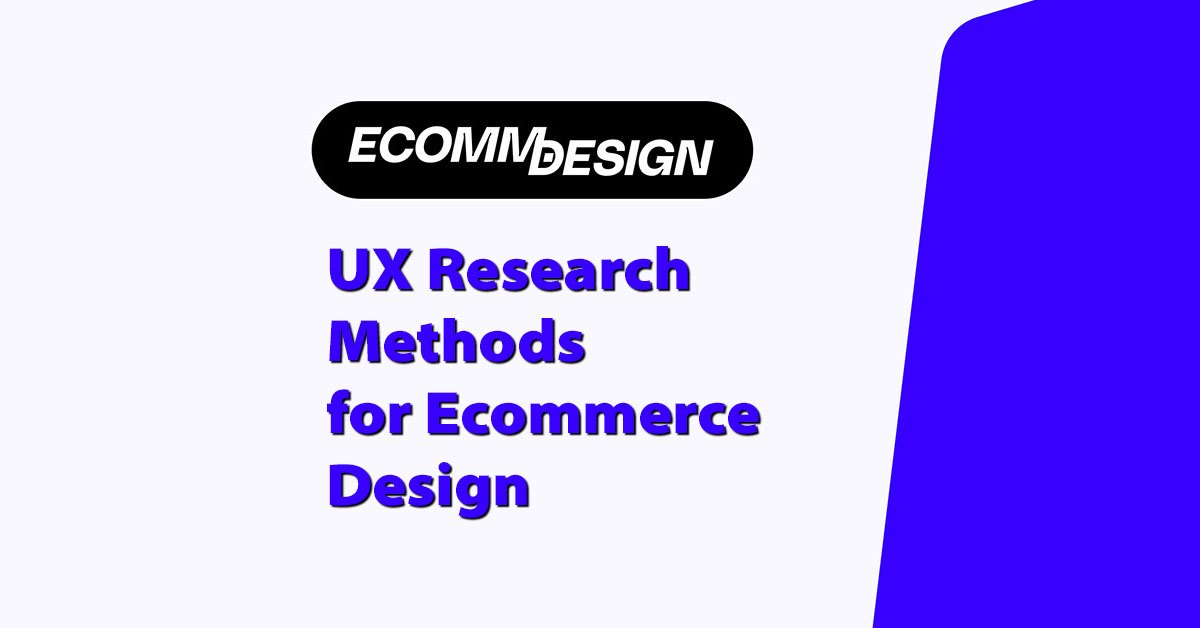
A well-designed ecommerce site doesn’t just look good — it makes money. But the only way to get there is by understanding how users interact with your site.
UX (user experience) research helps ecommerce brands figure out what’s working, what’s broken, and what needs to change to boost conversions.
If you’re not doing UX research, you’re flying blind. This guide covers the top UX research methods specifically for ecommerce sites — how they work, when to use them, and how they impact conversions.
